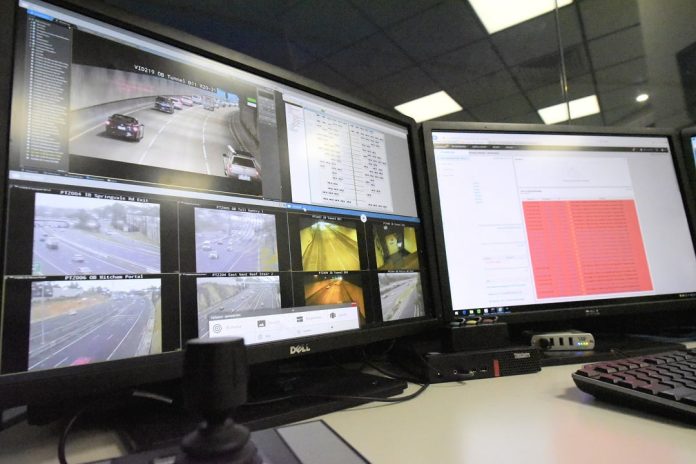With many workplaces operating on reduced staffing levels the importance of integrated security and automation solutions capable of enterprise management from a central location, as well as management by authorised staff offsite has been thrown into sharp relief.
It’s important for SMEs to note that many compact solutions – Inner Range Inception with a Milestone XProtect integration springs to mind but there are many more – also have serious remote management and support capabilities well worth exploring.
Brad Sheen of Inner Range agrees that remote management of multiple systems across an organisation from a central location, or remote devices or workstations has been highlighted as more valuable post Covid19?
“Absolutely, with increased social distancing requirements, COVID-19 is pressuring companies to adapt and swiftly change their daily habits, interactions and operations,” Sheen said. “Conforming to these changes has required remote devices and workstations to be deployed, so people can continue in doing their job, while best practicing methods to prevent the spread of the disease.”
Meanwhile, Gallagher’s Mike Margrain said COVID-19 definitely highlights the importance of having reliable facilities available for remote system management when required.
“When implemented securely (of which there are many solutions available in market), remote access should be seen as a viable option in many cases for general system operation or even remote hands troubleshooting,” Margrain said.
“Exceptions may exist in high security environments, but recent events may highlight the importance of ensuring a shared control room environment is a hygienic one. This may be as simple as making hand sanitiser available for those operating shared workstation devices.”
Over at Genetec, Lee Shelford points out that the ability to federate into multiple remote systems from a central system or even a SaaS cloud-based instance is increasingly important in the current climate.
“Evacuations of facilities can be forced by terror threats, natural disasters or due to quarantine restrictions,” Shelford said. “This means that having the ability to not only access the many dispersed systems and subsystems but also to be able to configure them remotely and centrally is important. This can also help reduce the initial deployment costs, as well as ongoing upgrade and maintenance costs, as there is less requirement to send technicians to remote sites.
According to Shelford, handling management remotely in a time of crisis doesn’t mean you’re not providing the highest levels of security for sites as well as the cyber security of the entire solution.
“Imagine being notified of an edge device vulnerability in the current climate and knowing you have hundreds or thousands of these vulnerable devices scattered across all your sites,” he explains. “Now imagine that your platform has already notified you these devices have vulnerable firmware, has automatically downloaded the new firmware from the hardware manufacturer and, at the click of a central button, you can push that firmware fix out to all the devices across your network and federation.”
Trent Schroeter of Saab said the efficiencies that an organisation can achieve through this centralisation of control can definitely be highlighted post the impact of COVID-19.
“Centralisation or remote management means that it’s feasible to either directly service systems from that remote location or put in place a temporary redirection from any affected control room to another unaffected control room,” Schroeter said.
“Once you have made the investment to allow for remote control, it can easily be leveraged and adapted to deal with unforeseen events like COVID-19, as opposed to having to try and deal with the need for remote management of core systems when a crisis occurs, which is extremely difficult, and may even be impossible.”
#securityelectronicsandnetworks.com











